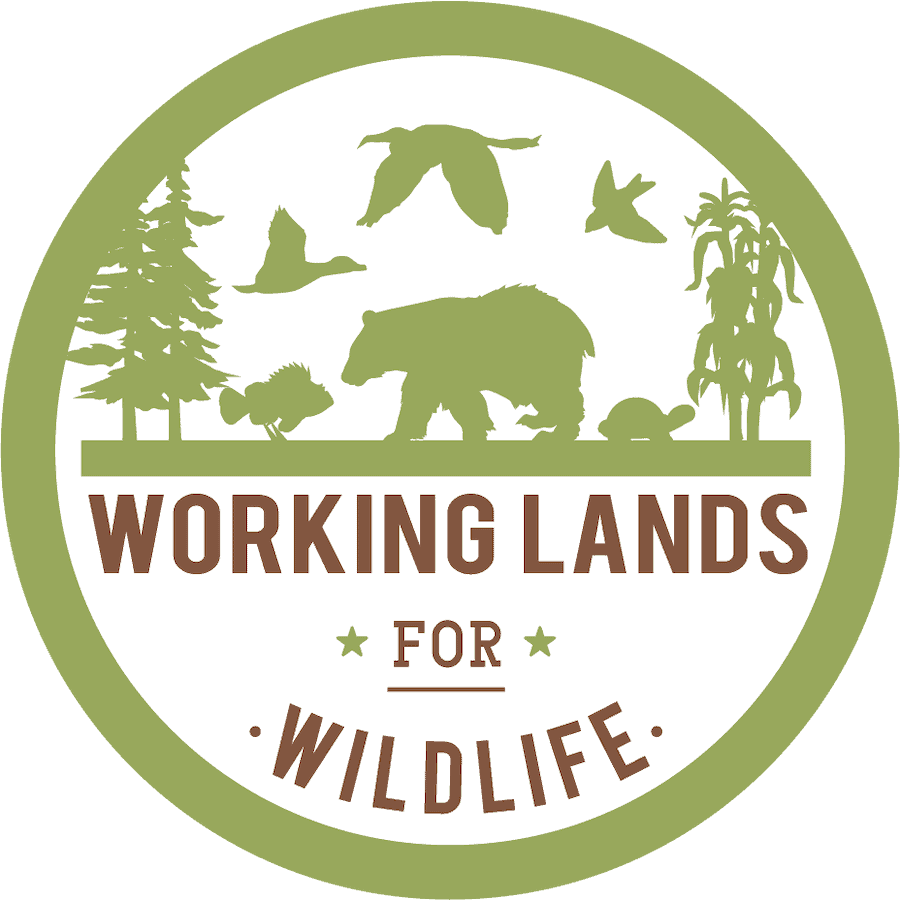-
 Sagebrush Biome Framework
Sagebrush Biome Framework
-
This framework for 2021-2025 reflects collaborative, multi-state planning efforts to update SGI 2.0, and continues to build from a decade of success conserving the sagebrush biome. This framework also serves as NRCS’ ongoing contribution to the Sagebrush Conservation Strategy administered by Western Association of Fish and Wildlife Agencies. Sharing common cross-boundary threats, NRCS staff across eleven western states collaborated to create this shared vision for conservation action.
Located in
Resources
-
Pheasants Forever, Quail Forever, and WLFW East Region Webinar Series
-
Pheasants Forever & Quail Forever, in partnership with USDA-NRCS’s Working Lands for Wildlife, has reformed the WLFW Pollinator Conservation webinar series to include broader topics and changed platforms to Zoom. This series aims to enhance understanding, confidence, and knowledge of conservation concepts. It is designed for conservation professionals working in the WLFW East Region. NRCS staff and partner organizations are welcome to attend (click image for more details), so please feel free to share it with your field staff.
Located in
News & Events
-
America the Beautiful Challenge Grant Adds Value to Hellbender Working Lands for Wildlife Partnership
-
The recently awarded grant will increase economic opportunities for farmers who plant riparian buffers in hellbender priority watersheds.
Located in
News & Events
-
 WLFW Pollinator Conservation Webinar Series: Session # 9 Pollinators & Forestland-Underappreciated Pollinator Habitat
WLFW Pollinator Conservation Webinar Series: Session # 9 Pollinators & Forestland-Underappreciated Pollinator Habitat
-
Session 9 of the WLFW Pollinator Conservation Webinar series, presented by Kass Urban-Mead, Pollinator Conservation Specialist for the Xerces Society and a Partner Biologist with the USDA Natural Resources Conservation Service. This session focuses on the relationship of pollinators and forestland. Topics covered include an introduction to bee diversity and forest habitats, how bees and other pollinators use the woods, and forest health and pollinators.
Located in
Training Resources
/
Webinars and Instructional Videos
/
WLFW Pollinator Conservation Webinar Series
-
A Hellbender Working Lands for Wildlife 2023 Roundup
-
A look back on accomplishments and forward to new opportunities.
Located in
News & Events
-
 WLFW East Region Conservation Webinar Series: Session # 11 PF/QF’s Pollinator Habitat Program
WLFW East Region Conservation Webinar Series: Session # 11 PF/QF’s Pollinator Habitat Program
-
Session 11 of the WLFW East Region Conservation Webinar series was presented by Kim Cole, PF/QF’s Habitat Education Program Manager. This session focuses on resources for hosting pollinator events and is the second session on “pollinator outreach” in the series. Topics covered include Pollinator Habitat Outreach Program, Habitat Education Resources, and Milkweed in the Classroom.
Located in
Training Resources
/
Webinars and Instructional Videos
/
WLFW Pollinator Conservation Webinar Series
-
 DOI Nature-based Solutions Roadmap
DOI Nature-based Solutions Roadmap
-
The purpose of the Department of the Interior Nature Based Solutions Roadmap is to provide Department of the Interior (DOI) staff with consistent and credible information about nature-based solutions, such as which strategies match certain conditions and goals, what co-benefits they are likely to provide, example projects, and additional resources for project planning, construction, and monitoring.
Located in
Learning & Tech Transfer
/
General Resources and Publications
/
Inbox
-
Gopher Tortoise
-
NRCS offers technical and financial assistance to help agricultural producers voluntarily conserve gopher tortoise habitat on private lands. This assistance helps producers plan and implement a variety of conservation activities, or practices, that benefit the tortoise and support forestry operations.
Located in
Landscapes & Wildlife
/
Wildlife
-
Monarch Butterfly
-
NRCS is working with America's farmers, ranchers, and forest managers on voluntary conservation efforts to combat the decline of monarchs on private lands by establishing new habitat and managing existing habitat for monarchs and pollinators.
Located in
Landscapes & Wildlife
/
Wildlife
-
The Nature Conservancy Private Lands Conservation
-
The Nature Conservancy works to establish local groups that can protect land. Private lands conservation is an innovative tactic that leverages the increasing interest of the private sector to take part in conservation. TNC works with landowners, communities, cooperatives and businesses to establish local groups that can protect land. Some of the main tools used to achieve these goals include land trusts, conservation easements, private reserves and incentives.
Located in
Landowner Information
/
Landowner Resources























